The Thompson was an American designed and built sub machine gun and used in limited numbers by British airborne forces in the Second World War. It was commonly known as the “Tommy gun”.
It was invented by John T Thompson in 1918 and made available to both military and civilian markets.
The Thompson earned a certain infamy as the weapon of choice of gangsters in the 1920s and it was also used, somewhat ineffectively, during the Irish Civil War.
At the start of the war, Britain was in dire need of additional firepower and encounters with the German Army equipped with various sub machine guns spurred the purchase of The Thompson from the United States.
Initially equipped with a large capacity drum magazine which was found to be heavy, difficult to reload and noisy, a 20 round box magazine was soon introduced. It fired .45 ammunition, at a rate of up-to 700 rounds per minute and to a range of 150m.
The Thompson was issued to the newly formed airborne forces and used on the Tragino Raid by 11 SAS Battalion.
The Thompson had some issues for airborne forces, firstly at over 10 pounds in weight it was heavy and required another type of ammunition to be resupplied. Perhaps more importantly though at a cost of $2300 in today’s money purchasing large amounts would rapidly drain Britain’s gold reserves.
Instead the army purchased the STEN machine carbine which only cost approx $130 to produce and utilised 9mm ammunition which was available in abundance courtesy of captured German stocks.
The Thompson was still seen in airborne use, however, particularly with 2nd Independent Parachute Brigade which worked closely with American units in the Mediterranean theatre.
Statistics:
Weight: 10.8 pounds (4.9kg)
Length: 31.9 inches (811mm)
Calibre: .45 (11mm)
Rate of Fire: Approx 700rpm
Magazine: 20 round box

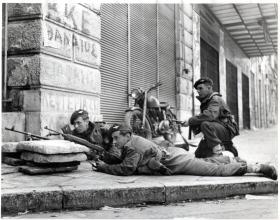
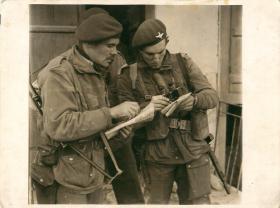
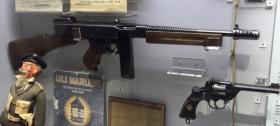
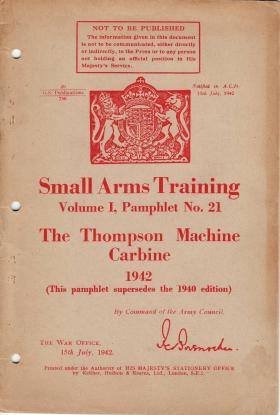
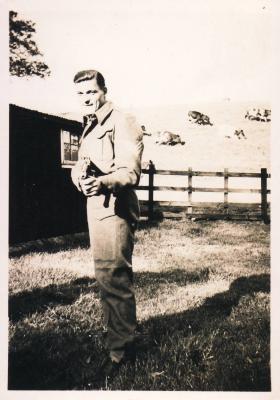
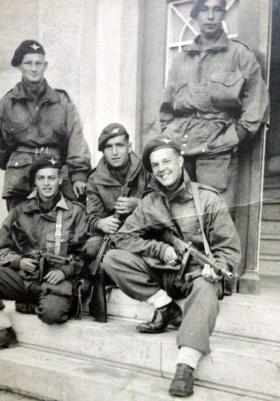



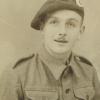
Latest Comments
There are currently no comments for this content.
Add Comment
In order to add comments you must be registered with ParaData.
If you are currently a ParaData member please login.
If you are not currently a ParaData member but wish to get involved please register.